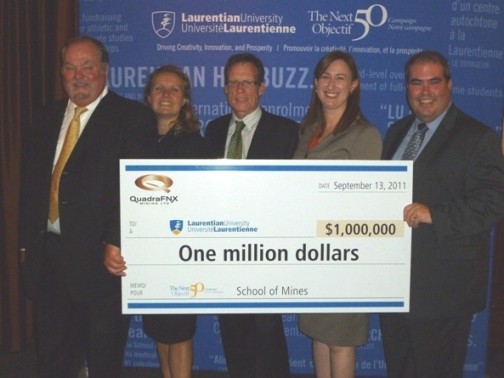Joint Statement: Assembly of First Nations and the National Congress of American Indians
Today, across North America, unprecedented opportunities exist to develop the energy and mining resources on Indigenous lands in ways determined by the First Peoples of these lands. The work and collaboration of Indigenous peoples must grow to ensure responsible development, as driven by Indigenous peoples and governments, meets the growing global demand for natural resources and energy.
This week, over 800 Indigenous leaders and citizens, representatives from government and industry from across North America and around the world, gathered in Niagara Falls, Ontario for the first-ever International Indigenous Summit on Energy and Mining.
Hosted by the Assembly of First Nations (AFN) and the National Congress of American Indians (NCAI), the three-day Summit, which closed today, featured presentations, dialogue and discussions on key topics in resource development such as international partnerships and trade opportunities, sustainable and responsible resource development, free prior and informed consent, green energy, education and labour force development and the implementation of the United Nations Declaration on the Rights of Indigenous Peoples.
“This is truly an exciting time for Indigenous peoples in Canada and around the world,” said AFN National Chief Shawn A-in-chut Atleo.
























